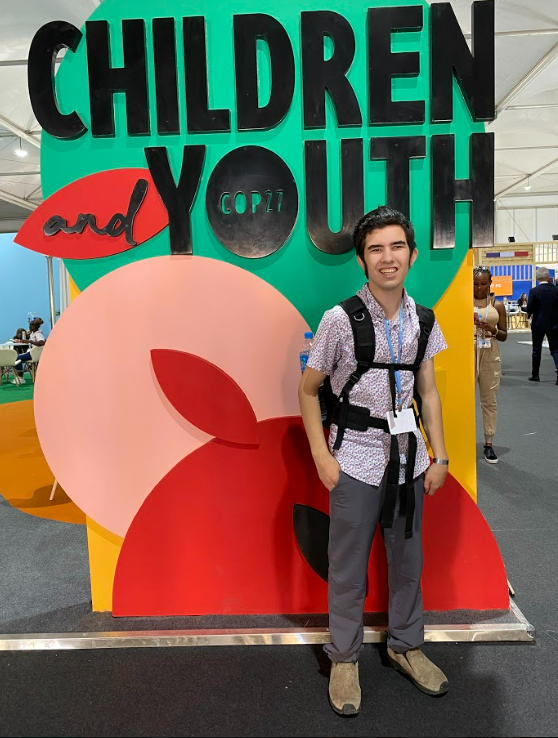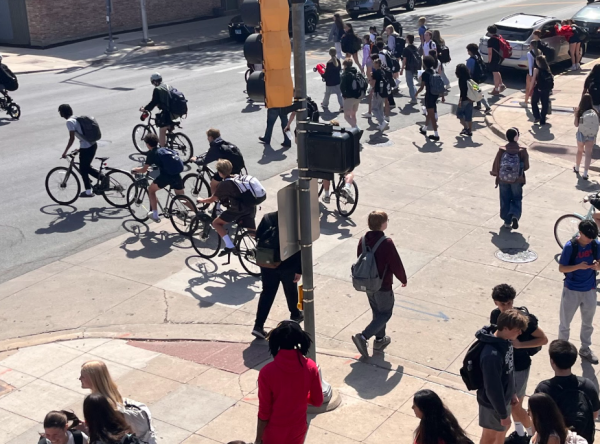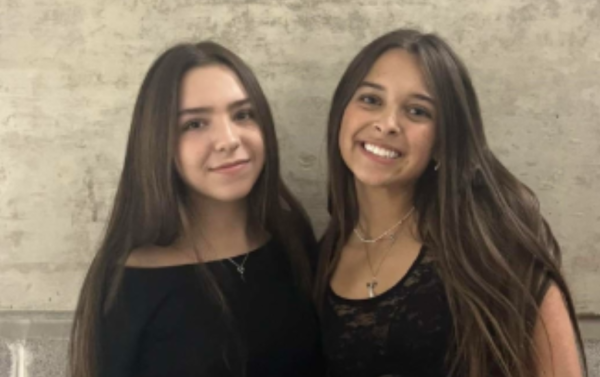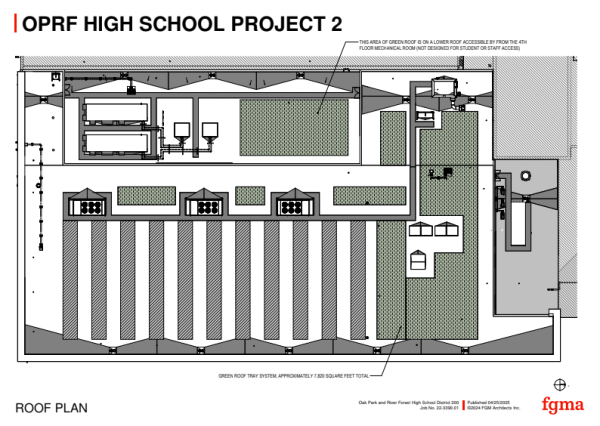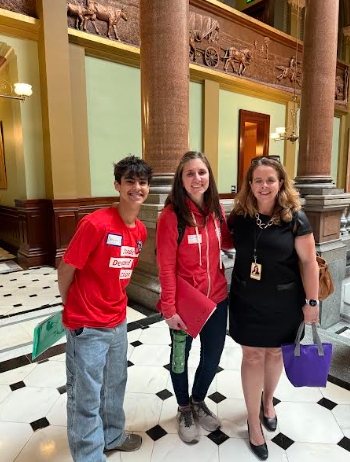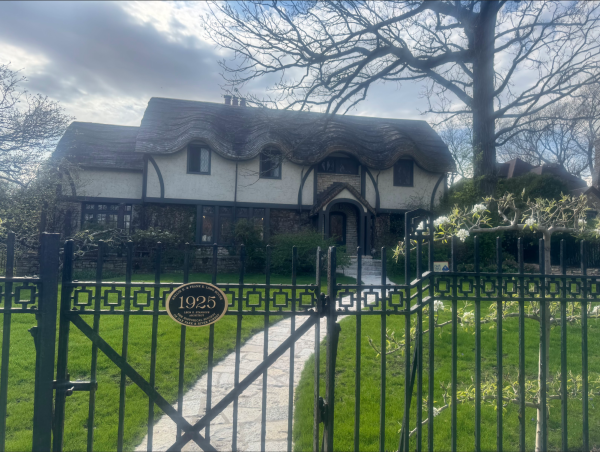Perspective: OPRF students attend UN climate summit
I traveled to Egypt in November for COP27, an annual United Nations conference meant to address climate change and environmental issues. It’s Our Future, a local organization that works with students from Oak Park, River Forest, Evanston and Chicago, sent me and five other youth to attend COP27.COP stands for Conference of Parties, representing the 197 parties that signed on to the United Nations Framework Convention on Climate Change back in 1992. The 27 refers to the number of years the conference has happened.This year’s event took place in the Egyptian city of Sharm el Sheik. There seemed to be this excitement in the room everywhere I went at COP 27–even on the shuttle buses. I loved hearing the many different languages, seeing everyone connecting, and feeling the passion about climate change.
This excitement is excellent but we also need to focus and really talk about the issues and how we can help and share resources. The power of this whole experience really sunk in on Monday, Nov. 7, the first official day of the conference. I went through security but didn’t have to wait in the long line because I already had my badge. I felt so official!The conference happened in two zones, the Green Zone, run by the Egyptian government and open to the public, and the Blue Zone, at the Sharm el Sheikh International Convention Center, where the official United Nations talks happened. “For the people, not power,” is a common phrase used by the delegates and attendees at COP27. The green zone is more free and less restrictive At the finance panel in the Green Zone I attended, the representative from Save our Children is also an organization that also raised the idea of “nothing about us, without us.” Both concepts discuss the need to involve the people most affected by climate change.
Climate education in under-served communities is also very important. Going into communities, knocking on doors, walking block to block, asking if community members know what officials are doing about climate change and working with the people are necessary to become more climate literate. On Wednesday, Nov. 9, I went to a climate-forward event hosted by the New York Times. It normally costs $350, but they allowed youth to go for free. I think they did it because they wanted young people there but there was still a lot of non youth there.At COP27 youth are individuals 18 to 35–which seems a little old to me, but I’m not in charge. The other attendees and I met Dr. Katharine Hayhoe, a climate scientist from Canada. She makes the reports that predict what our world will look like in the future for The Intergovernmental Panel on Climate Change (IPCC), the United Nations body for assessing the science related to climate change.
I was in a session with her about buildings and imagining what our cities will look like by 2050. It was a standing activity with movement, which I think is very interesting. For example, when asked whether we think humans will be more reliant or less reliant on fossil fuels, people would move into the groups that matched their answers. People’s responses were all over the place. Some strongly agreed, some disagreed, and some were in the middle. It was powerful to see, in person, how we agreed and disagreed. There were also questions on energy, food, human behavior, and what needs to change.
On Wednesday, I went to a session on what a “just transition” from fossil fuels to clean energy without breaking the power grid. may look like. Just transition is a term used by climate advocates to mean that transitioning to green energy should happen while keeping the economy strong so that people don’t lose their jobs. A lot of good things were said, like making it fairer and for people to have the same access to resources no matter where they work or where they live. That was stated in a New York Times Event. Countries seem to be struggling with what a just transition is and looks like. It seems as if there will be both good and bad things that come out during the transition to green energy.
I went to another climate-forward event and attended an interactive debate. The debate covered whether we would need to use fossil fuels if we transition from our current energy sources to another. Both positive and negative reactions from the audience were encouraged. The energy was a lot. In my opinion, the time for transition is now. The fact is we can’t keep expanding without figuring out how to move forward with cleaner energy.
I ended my day by meeting with former Vice President Al Gore who is also the founder of climate reality. at a climate reality event. He spoke about how to make the change we need. As always, he was a great speaker. But I kept in my mind when meeting him that we need change “for the people, not power.”
As overwhelming as the current state of our world might be, there is more than enough hope. You, yourself can be empowered and make the change by doing what you love like expressing yourself with art.

